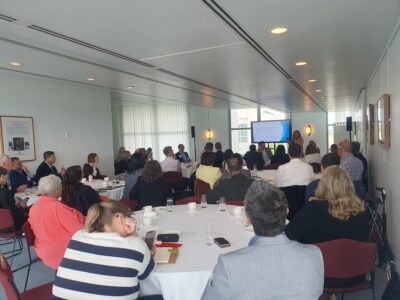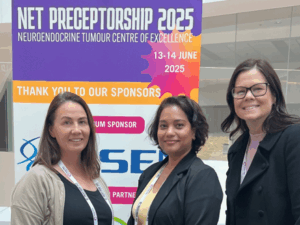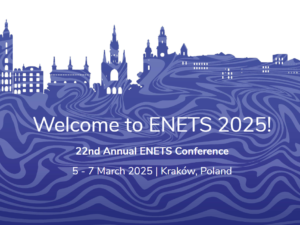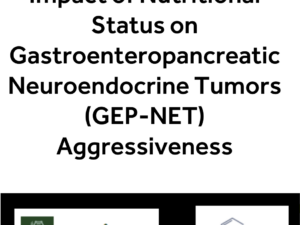We are so pleased to see recently published Australian research, led by Trisha Dwight and
including a team from Peter MacCallum, Sydney University, Kolling Institute and
more, looking at the role of TERT in metastatic Pheochromocytomas (PC) and Paraganglioma
(PGL). A team from Denmark is also seen on the author list showing great global collaboration.
A TERT gene provides instruction for making one component of an enzyme
called teleomerase, teleomerase is abnormally active in most cancer cells which
divide and grow without control or order.
Here is more from Trisha as quoted from the Autumn
issue of the Kolling Institute newsletter….
Patient donated tumours are invaluable for understanding the
mechanisms of cancer.
Our group has been studying specific adrenal tumours, known as
phaeochromocytomas and paragangliomas.
Although these tumours are rare, they are associated with a high level
of disease and poor quality of life.
Cells from these tumours are capable of spreading (metastasising) to
other sites, such as bone, lungs, lymph nodes and liver. As there are currently no highly effective
treatments for individuals who develop metastatic disease, their long term
survival is limited (with only one in every two patients surviving beyond five
years).
Our current understanding of how and why these tumour cells spread
to other sites is limited, which means it is extremely difficult to predict if,
or even when, metastatic disease is likely to occur in any individual who
develops these tumours. This causes considerable anxiety for both patients and
their families, watching and waiting for metastatic disease that may never
develop. It also makes clinical management extremely difficult and lifelong
surveillance, by way of biochemical testing and imaging, is required. The
identification of early markers of metastatic potential is a high priority.
One area of our research focuses on identifying genetic
abnormalities that are unique to metastatic tumours. Recently our studies have focused on TERT, a
gene which is normally expressed at very low levels in adult tissues. However, recent studies have shown that high
levels of TERT have been observed in a number of cancer types, including
phaeochromocytomas and paragangliomas where approximately 25% exhibit
abnormally high levels of TERT. The mechanism leading to TERT overexpression in
phaeochromocytomas and paragangliomas remains unclear. Our study was able to
uncover, for the first time in this tumour type, one of the mechanisms
responsible for TERT overexpression in a portion of metastatic
phaeochromocytomas. Through the use of a
method known as “whole genome sequencing”, we identified chromosomal rearrangements
that are responsible for TERT overexpression in a group of metastatic
phaeochromocytomas. These chromosomal rearrangements resulted in the placement
of enhancer regions (that are capable of activating genes) near the TERT gene,
resulting in TERT overexpression.
We hope our findings, combined with further studies, will lead to
the identification of effective treatments that ultimately halt the spread of
disease in individuals with phaeochromocytoma and paraganglioma.
To read the full Kolling Institute Autumn newsletter, click here
To read the scientific abstract published by Dr Trisha Dwight and team, click here








